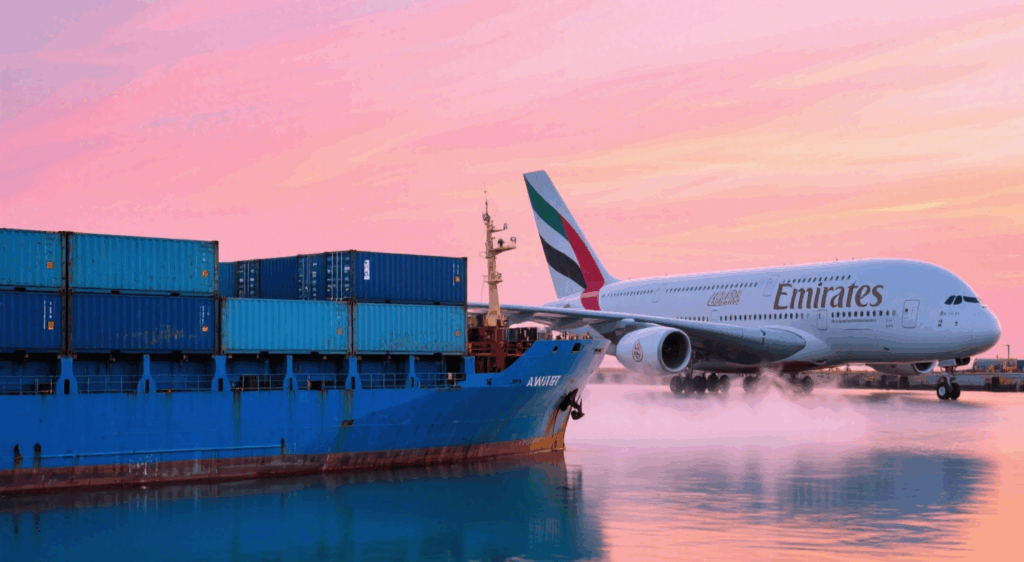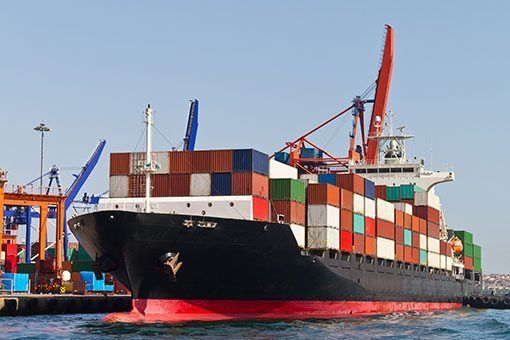Trade between China and the Philippines has grown rapidly, making freight cost from China to Philippines a critical factor for importers. Businesses moving electronics, garments, furniture, and raw materials must understand rates, customs duties, and delivery timelines. However, costs are not fixed. They vary depending on shipping methods, container size, seasonal demand, and destination ports. Moreover, without careful planning, importers may encounter higher surcharges and avoidable delays. This guide covers costs, transit times, documents, real-world case studies, and proven strategies to reduce expenses.
What Are the Main Shipping Options?
| Factor | Sea Freight (FCL/LCL) | Air Freight | Courier Services |
|---|---|---|---|
| Cost | Cheapest for bulk cargo | Expensive ($5–$9/kg) | $7–$12/kg for parcels |
| Transit Time | 7–15 days | 3–5 days | 3–6 days |
| Best For | Furniture, textiles | Electronics, perishables | E-commerce, samples |
| Pros | Cost-efficient, scalable | Fast, reliable | Door-to-door, simple |
| Cons | Slower, requires volume | Limited cargo space | Limited weight and size |
Accordingly, sea freight remains the most popular choice for bulk imports, while air freight supports urgent shipments.
How Much Does Freight Cost from China to the Philippines?
| Container Size | Average Rate (USD) | Cargo Volume |
|---|---|---|
| 20GP | $900 – $1,200 | 28–30 CBM |
| 40GP | $1,600 – $2,100 | 58–60 CBM |
| 40HQ | $1,800 – $2,300 | 68 CBM |
For smaller cargo, LCL costs average $80–$120 per CBM plus handling charges at both origin and destination.
How Long Does Shipping Take?
| Route (China → Philippines) | Sea Freight | Air Freight |
|---|---|---|
| Shanghai → Manila | 10–12 days | 3 days |
| Shenzhen → Cebu | 8–10 days | 3–4 days |
| Ningbo → Davao | 12–15 days | 4 days |
Although air freight is quicker, sea freight remains economical for bulk loads.
What Customs Documents Are Required?
| Document | Purpose |
|---|---|
| Bill of Lading (B/L) | Proof of shipment ownership |
| Commercial Invoice | Declares cargo value |
| Packing List | Itemized shipment details |
| Certificate of Origin | Identifies production country |
| Import License | Required for restricted goods |
| Customs Declaration | Required by Philippine Bureau of Customs |
Without a doubt, correct paperwork ensures smooth clearance and avoids costly penalties.
What Factors Influence Freight Cost?
- Cargo Weight & Volume – Airlines charge per kg, while sea freight depends on CBM or container size.
- Port Handling Fees – Vary by port (Manila, Cebu, Davao).
- Seasonality – Rates rise before Chinese New Year and holiday shopping periods.
- Incoterms – FOB, CIF, or DDP terms define responsibilities.
- Fuel Prices – Fluctuations impact surcharges.
- Carrier Choice – Lines like COSCO, CMA, or Evergreen offer different rates.
As a result, careful selection of routes and shipping terms reduces expenses.
Pros and Cons of Sea vs Air vs Courier
| Mode | Pros | Cons |
|---|---|---|
| Sea Freight | Lowest per-unit cost, scalable | Slower, complex customs |
| Air Freight | Fast, secure, ideal for high-value | Expensive for heavy loads |
| Courier | Simple, door-to-door | Limited cargo capacity |
To summarize, choosing the right mode depends on urgency, cargo type, and budget.

How to Reduce Freight Cost from China to the Philippines? Amazing
- Book Early: Carriers provide lower rates for advance bookings.
- Consolidate Shipments: Maximize container use and lower per-unit costs.
- Optimize Packaging: Minimize volumetric weight charges.
- Choose Off-Peak Seasons: Avoid shipping before major holidays.
- Use Experienced Forwarders: Professionals negotiate better rates and prevent hidden charges.
For example, one importer reduced freight costs by 18% by combining three small shipments into a single 40GP container.
Real Case Studies
Case 1: Furniture Shipment Shenzhen → Manila
- Cargo: 40HQ, 22 tons of furniture
- Cost: $2,050
- Transit: 9 days
- Result: Saved 12% by consolidating orders from multiple suppliers.
Case 2: Garments Ningbo → Cebu (LCL)
- Cargo: 12 CBM, textiles
- Cost: $1,050
- Transit: 11 days
- Result: Lowered unit cost by using LCL instead of air.
Conclusion
The freight cost from China to Philippines depends on cargo size, shipping method, and port selection. Sea freight offers the lowest per-unit price for bulk cargo, while air freight ensures fast delivery for urgent shipments. To summarize, businesses that consolidate shipments, book early, and work with experienced forwarders minimize expenses and avoid delays. Ultimately, proper logistics planning secures reliable supply chains between China and the Philippines.
- Consult TJ China Freight Forwarding for the lowest quote. They will provide you with reliable, cost-effective service.
FAQ:
Q1.What is the cheapest shipping method from China to the Philippines?
Sea freight is the most economical. Importers relying on low-cost freight options from China to the Philippines save significantly on full container loads.
Q2.How much does air freight cost from China to the Philippines?
Air freight costs $5–$9 per kg depending on weight and route. Choosing air cargo services from China to the Philippines ensures speed but at higher rates.
Q3.Can I send small shipments without booking a full container?
Yes, LCL is available. Importers using LCL shipping from China to the Philippines only pay for the cargo space they need, making it affordable for SMEs.
Q4.Which Philippine ports handle most imports from China?
Manila, Cebu, and Davao are major hubs. Choosing efficient ports helps reduce freight cost from China to Philippines shipments.
Q5.How long does customs clearance take in the Philippines?
Clearance usually takes 2–5 days. Preparing documents ensures smoother Philippines customs clearance for freight from China.



